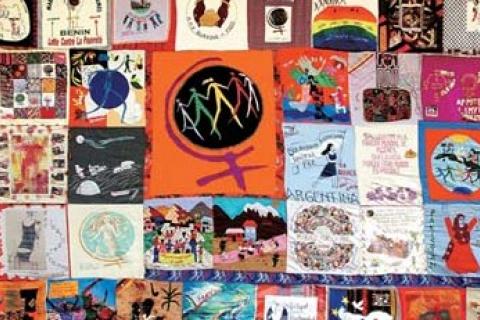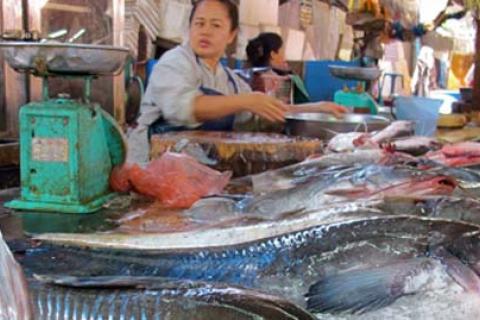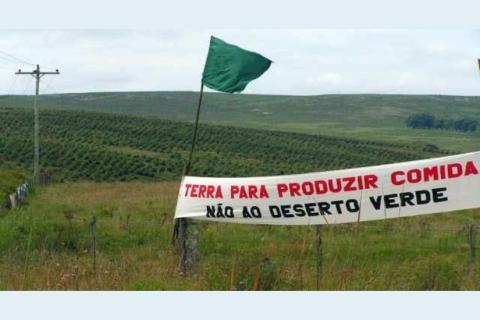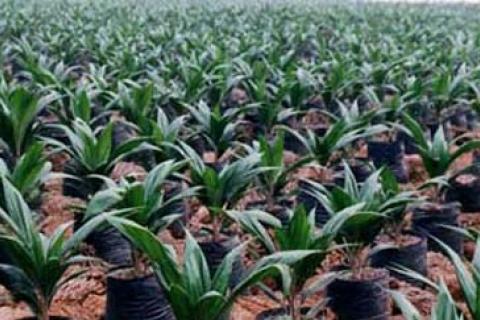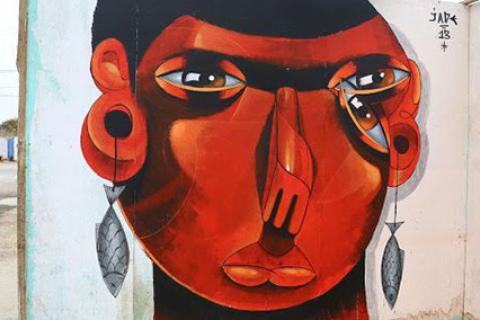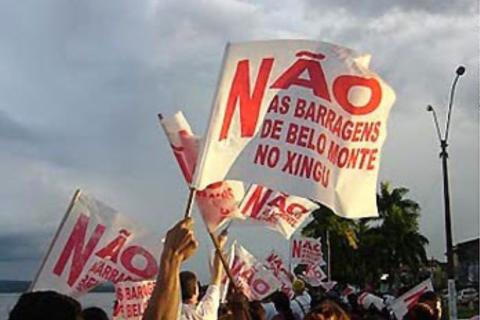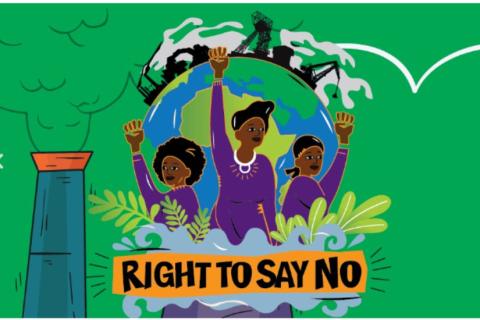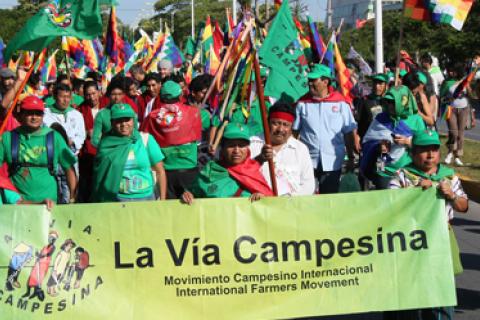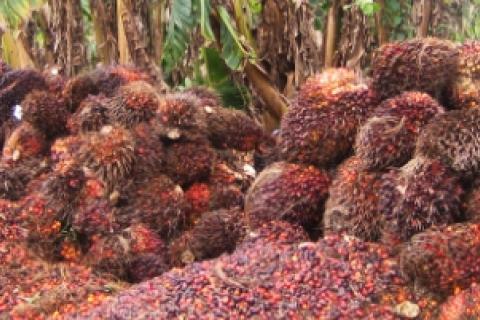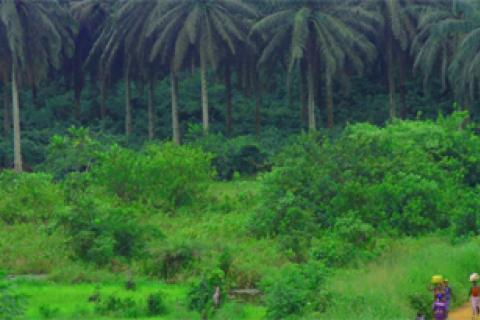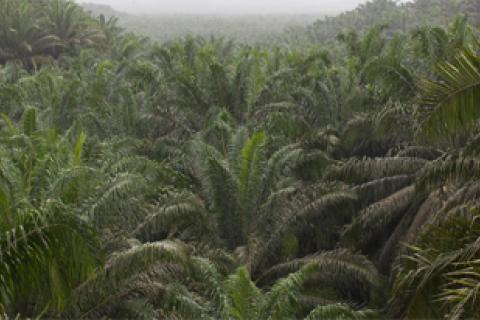Today, we watch as the capitalist system undergoes a major restructuring in order to keep the current order of oppression and exploitation in place.
Bulletin articles
In Thailand, Laos, Cambodia, Vietnam and Myanmar it remains common until today that the wife will be the one who ‘owns’ the land of the paddy or upland rice fields. . Women therefore can be the ones fully responsible for maintaining those resources for the next generations.
“It is the rural women’s movements that have been at the forefront of massive public actions aimed at fighting back against the big corporations in the agri-food sector (pharmaceutical laboratories that produce transgenic seeds and toxic agrochemicals) and defending biodiversity.” (SILIPRANDI, 2013, p. 239)
A report by Edwin C. Perry, Cheryl Potgieter and Urmilla Bob,(1) highlights the links between environmental conflicts and women. The authors join to the growing attention put by women’s movements, non-governmental organizations (NGOs) and researchers, among others,on violence against women as well as on the need to examine its links to situations of conflicts
Historically, relations between Mapuche indigenous communities and the forestry industry have been marked by conflict, primarily because of the expansion of industrial tree plantations on lands that are part of the Mapuche territory and the impact of these plantations on the communities’ habitat.
